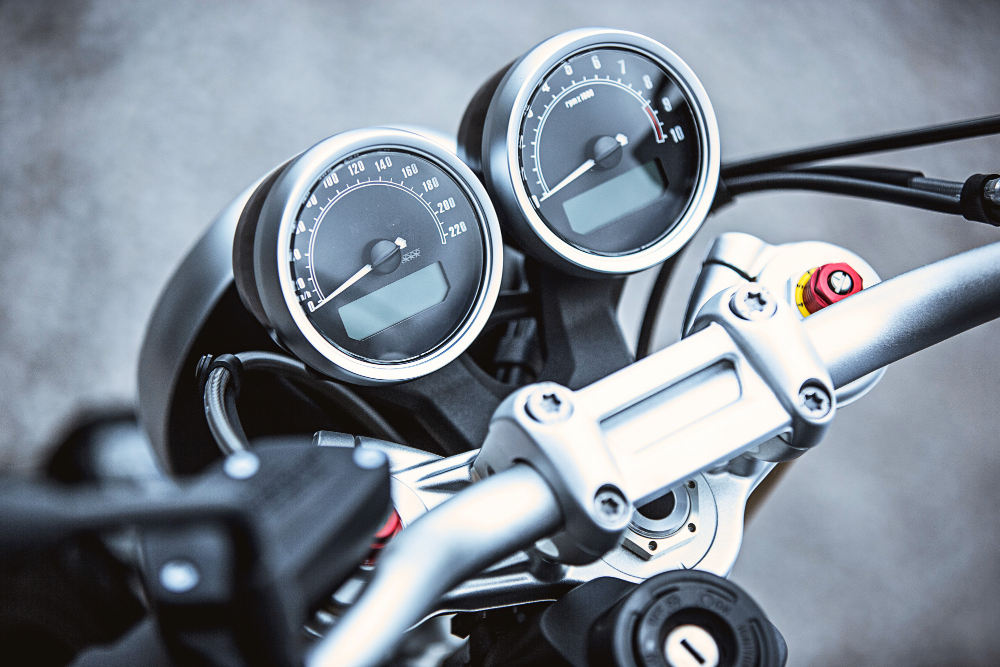From Grip to Slip: The Science Behind Gravel Tire Wear in Motorsport
Welcome to the intriguing world of motorsport tire dynamics! You are in the right place if you have ever watched a rally race and wondered about the tire strategy involved. The condition and choice of tires can significantly influence a race’s outcome, especially when navigating the unpredictable gravel terrain.
This article delves deep into the science behind gravel tire wear. This subject might appear superficially simple, but is fascinatingly complex.
What is the composition of gravel tires?
Tires for gravel motorsport are significantly different from those on regular road cars. Manufacturers craft these tires from unique rubber compounds to provide optimal grip and durability on gravel surfaces. These compounds contain polymers and fillers that enhance the tire’s characteristics, including heat resistance and flexibility.
Another aspect that sets gravel tires apart is their distinctive tread patterns. Unlike regular tires, these have deep grooves and strong shoulder blocks. These features allow for better traction and lateral grip on the loose surface. The intricate design aims to provide the ideal balance between performance and durability.
What factors influence gravel tire wear?
Tire wear can make or break a race, especially when navigating gravel terrains in motorsports. Let’s explore the variables affecting the wear and tear of gravel tires.
Mechanical stress
Gravel exerts unusual mechanical stress on tires due to its irregular shape and hardness. When a car moves on a gravel road, the sharp edges of the gravel pieces grind against the tire, leading to accelerated wear. However, the wear is not uniform. Tires might experience more stress on the outer shoulder due to cornering.
Thermal effects
Heat generation is another critical factor affecting tire wear. The rolling and sliding friction between the tire and gravel surface can lead to significant heat accumulation. Excessive heat can alter the tire’s rubber compound, making it more susceptible to wear and tear.
Driving techniques
A driver’s skill can significantly impact tire wear. Quick acceleration and abrupt braking can hasten wear by increasing thermal stress and mechanical abrasion.
More seasoned drivers have a nuanced understanding of how to manoeuvre their vehicles to minimize tire wear.
Understanding the factors influencing gravel tire wear is crucial for drivers, teams, and manufacturers.
The role of data analytics
Data analytics is increasingly becoming the backbone of understanding tire wear in motorsports, especially on gravel surfaces. Teams are deploying various tire sensors to collect data that gets analyzed in real time.
But what makes data analytics so compelling is its predictive power. Machine learning algorithms use historical data to predict when a tire is likely to fail or reach a performance threshold. It allows teams to decide when to pit for a tire change. Furthermore, teams can use the data for strategic planning. This feature helps gain insights into which tires to use for specific conditions or tracks.
By providing a blend of real-time analytics and predictive modelling, data analytics is invaluable in understanding and managing gravel tire wear effectively.
Conclusion
The world of motorsport has a lot to offer when you scratch beneath the surface. The wear and tear of gravel tires is a scientific marvel, impacted by many factors, from rubber compound chemistry to real-time data analytics. So, the next time you watch a rally, you will appreciate the incredible engineering and strategy that goes into simply keeping the car on the track. So, let’s hear it for the unsung motorsport heroes: the tires!
Do you have any questions or comments about this article? Feel free to reach out to our team. We always provide additional information and insights on this subject.


